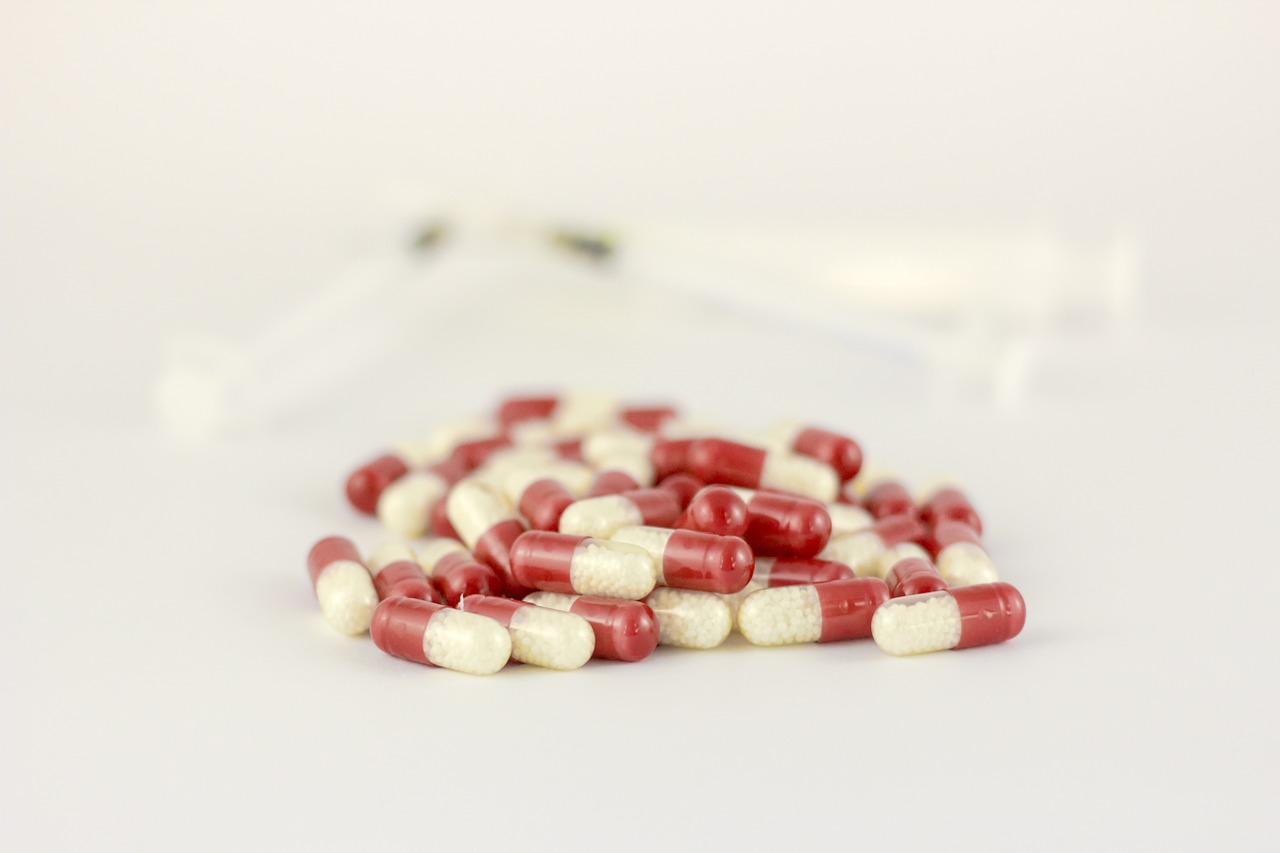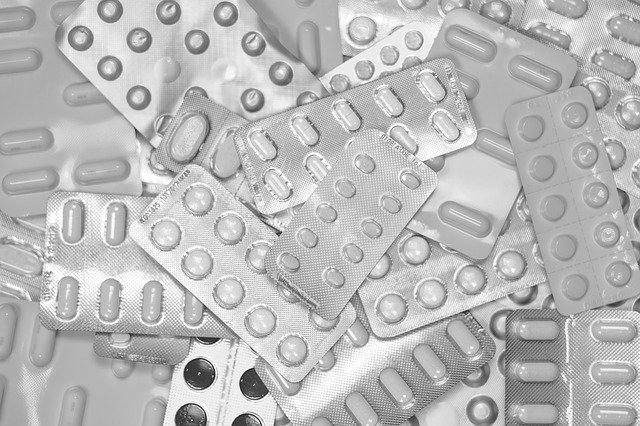Podcast: Play in new window | Download (Duration: 14:22 — 6.6MB) | Embed
On this episode of the Real Life Pharmacology podcast, I discuss Miralax (polyethylene glycol) pharmacology, adverse effects, and much more.
MiraLAX is an osmotic laxative commonly used to treat occasional constipation by retaining water in the stool to increase stool frequency and soften consistency.
The standard adult dose of MiraLAX is 17 grams (approximately one heaping tablespoon) dissolved in 4 to 8 ounces of liquid once daily.
Electrolyte imbalances are rare but possible with prolonged or excessive use of Miralax, particularly in elderly or renal-impaired patients.
Advise patients to maintain adequate hydration while using MiraLAX to support its mechanism and reduce side effects.
Be sure to check out our free Top 200 study guide – a 31 page PDF that is yours for FREE!
Support The Podcast and Check Out These Amazing Resources!
Meded101 Guide to Nursing Pharmacology (Amazon Highly Rated)
Guide to Drug Food Interactions (Amazon Best Seller)


